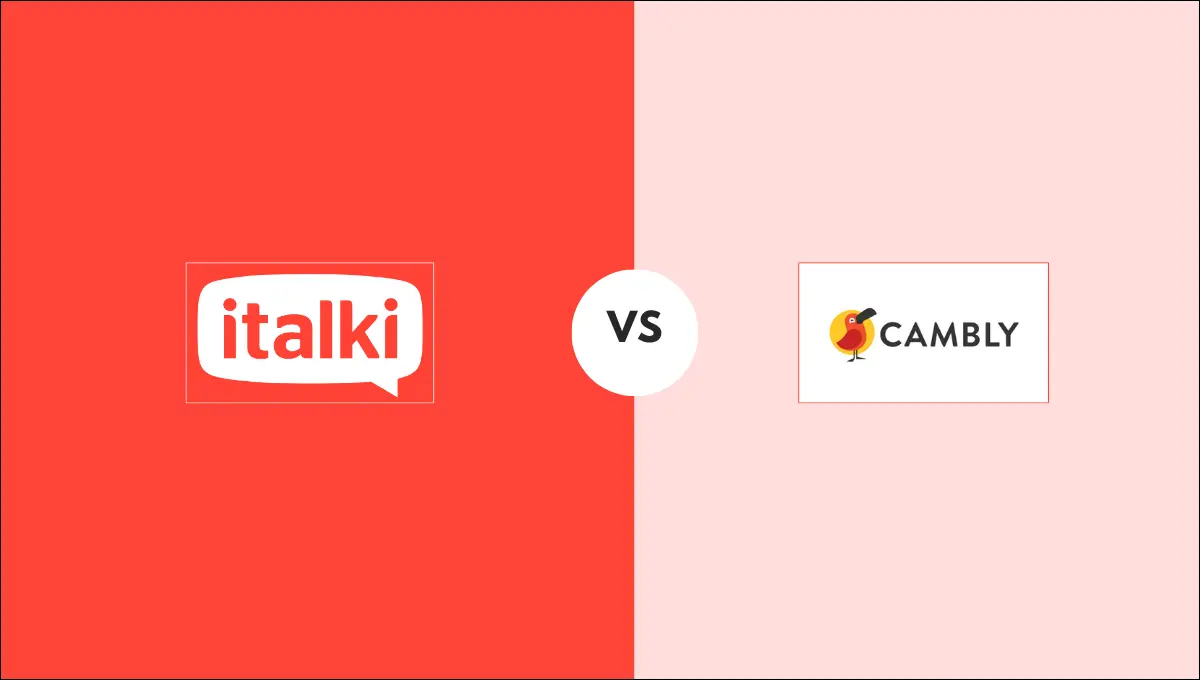If you want to learn Japanese, greetings are a great place to start. In fact, knowing how to say hello in any language can be useful. After all, you won’t get very far in any conversation if you don’t know where to begin. There are numerous ways to say hello in Japanese, and which one you use can make a significant difference.
There are numerous ways to say hello in Japanese, and which one you use can make a significant difference. After all, you don’t want to greet your boss with a casual “yo!” or act too formal when you are with your friends.
Fortunately, we have sorted through all of the different ways you might need to say hello in Japanese. Let’s get started.
Common ways to say ‘hello’ in Japanese
| Hiragana | Romaji | Pronunciation | Meaning | When to use it |
| おはよう (ございます) | Ohayou (gozaimasu) | Oh-ha-yo goh-zah-ee-mahs | Good morning | Before noon |
| こんにちは | Konnichiwa | koh-nee-chee-wah | Hello | Daytime |
| こんばんは | Konbanwa | kohn-bahn-wah | Good evening | After dark |
| もしもし | Moshi moshi | Moh-shee moh-shee | Hello | On the phone, informal |
| いらっしゃいませ | Irasshaimase | ee-rah-shy-mah-seh | Welcome | Greeting a customer |
| ただいま | Tadaima | tah-dah-ee-mah | I’m back | Arriving home |
| Yo | yoh | Hi | Casual hello | |
| すみません | Sumimasen | soo-mee-mah-sehn | Excuse me | Approaching a stranger |
You need to learn Japanese greetings and their contextual usage. These greetings are powerful enough to leave a good impression on the people. In fact, these greetings can turn strangers into friends and friends into family.
“Hi” in Japanese – やあ! (Ya-)
やあ is used casually between friends. It’s more of an exclamation to grab attention. In Japanese, it is common to greet your friends and coworkers with a やあ, or just あー (Aah-), followed by their name.
For example:
やあ!すずきちゃん、今日いい天気ですね。(Yaa-! Suzuki-chan, kyou ii tenki desu ne.) <br>
“Hi! Suzuki-chan, nice weather today, huh.”
In case you are wondering where to learn Japanese, get your hands on italki. The italki Japanese tutors are the best of the best with years of experience. Their teaching strategy includes practical exercises, one-on-one practice sessions, and handy notes. Book your lessons today and start learning!

Find Your Perfect Teacher
At italki, you can find your Japanese tutor from all qualified and experienced teachers. Now experience the excellent language learning journey!
Book a trial lesson
“Hello” in Japanese – こんにちは (Konnichiwa)
こんにちは is “hello” in Japanese, but it’s not as common as you might think. こんにちは is somewhat formal, so saying it to a friend would sound awkward. While it’s common in some cultures to exchange brief, friendly greetings with strangers on the street, it’s strictly forbidden in Japan. You would not say こんにちは to a passing stranger. It is mostly used in semi-formal settings, such as an office.
“My Name is” in Japanese – 名前は___です。(Namae wa ____ desu.)
How to say “my name is” in Japanese is quite simple. You could say it two ways: 名前は___です。 (Namae wa **** desu.) or ____です。(____ desu._). All you have to do is fill your name in the blank. So, for example, I would say 名前はケイトリンです。 (Namae wa Keitorin desu) Or, I could shorten it and say: ケイトリンです。(Keitorin desu.)
If you are in a very formal situation, there is one less common way to introduce yourself: と申します。(___ to moushimasu.) It is a sweet way to say “My name is” or “I call myself.” When speaking to someone of much higher status, use humble speech. It is typically used in business situations to introduce yourself to a new company client or the company president.
“Yoohoo” in Japanese – ヤッホー (Ya-ho-)
This is a very casual greeting, usually between young kids or close friends. It is a more feminine greeting. ヤッホー is another exclamation type of greeting used to grab a close friend or child’s attention. It is like yelling “Yoohoo!” and waving for attention. You would follow it with your friend’s name.
“Hey” in Japanese – おす! (Osu!)
おす is a masculine, slang greeting for other guys. Girls rarely say this. You can occasionally use it with friends. And men would never say it to a woman.
It is an exclamation that, unlike the other informal phrases on this list, is more commonly used when you’ve already seen and have the person’s attention. So you don’t have to follow it up with their name, but you can if you want to.
It can also mean “Yes, sir!” or even a “Roger!” This is used in some anime, but it is not commonly used in everyday speech.
“Yo!” in Japanese – よー! (Yo-!)
A simple yo! can be used to greet a close friend informally. You would never say this to someone older than you. This one is also more masculine, but young girls and women use it to catch someone’s attention.
You could also use the expression! (O-i!) This is a more masculine expression that is only used as an exclamation. Because it can be rude or harsh, you should only use it with close friends and family.
“How’s it going?” in Japanese – 調子はどうですか (Choushi wa dou desu ka)
The literal translation is “What is your condition?” However, informally, it is used to ask “how’s it going?” in Japanese.
The difference here is that it’s a “how are you?” phrase to follow up on something you and a friend have already discussed. For example, the last time you saw your friend, they told you they were overworked and stressed out. When you see them again, you can ask 調子はどうですか how they have been since.
“Hello” on the Phone in Japanese – もしもし (Moshi moshi)
Answering the phone in Japanese comes with its own greeting! When you say “hello” on the phone, you say もしもし with a raised inflection. It derives from the verb 申す (mousu), which means “to say in a humble way.” You would, however, use moshi moshi only when answering a phone call from a friend or family member.
Want to learn a language at italki?
Here are the best resources for you!
Frequently asked questions
Q. How to say ‘Nice to Meet You” in Japanese?
A. はじめまして (Hajimemashite)
Q. How to say “I’m Back!” in Japanese?
A. ただいまー (Tadaima-)
Q. Is やあ! (Ya-) a formal greeting or an informal one?
A. It is a casual greeting mostly used among friends and peers.
Final words
In Japanese, there are numerous ways to greet someone! But the best way to start a conversation and learn Japanese is with a simple “hello.” Learning these phrases is an excellent way to begin becoming acquainted with the language. Apart from hello, you need to learn other Japanese greetings as well such as saying thank you in Japanese. These greetings are widely used in conversations on daily basis.
If you’re just starting out, working with Japanese tutors for beginners can help you get comfortable using these greetings in real conversations. Platforms like italki make it easy to learn Japanese online, connect with native speakers, and build confidence step by step.

Find Your Perfect Teacher
At italki, you can find your Japanese tutor from all qualified and experienced teachers. Now experience the excellent language learning journey!
Book a trial lesson
















